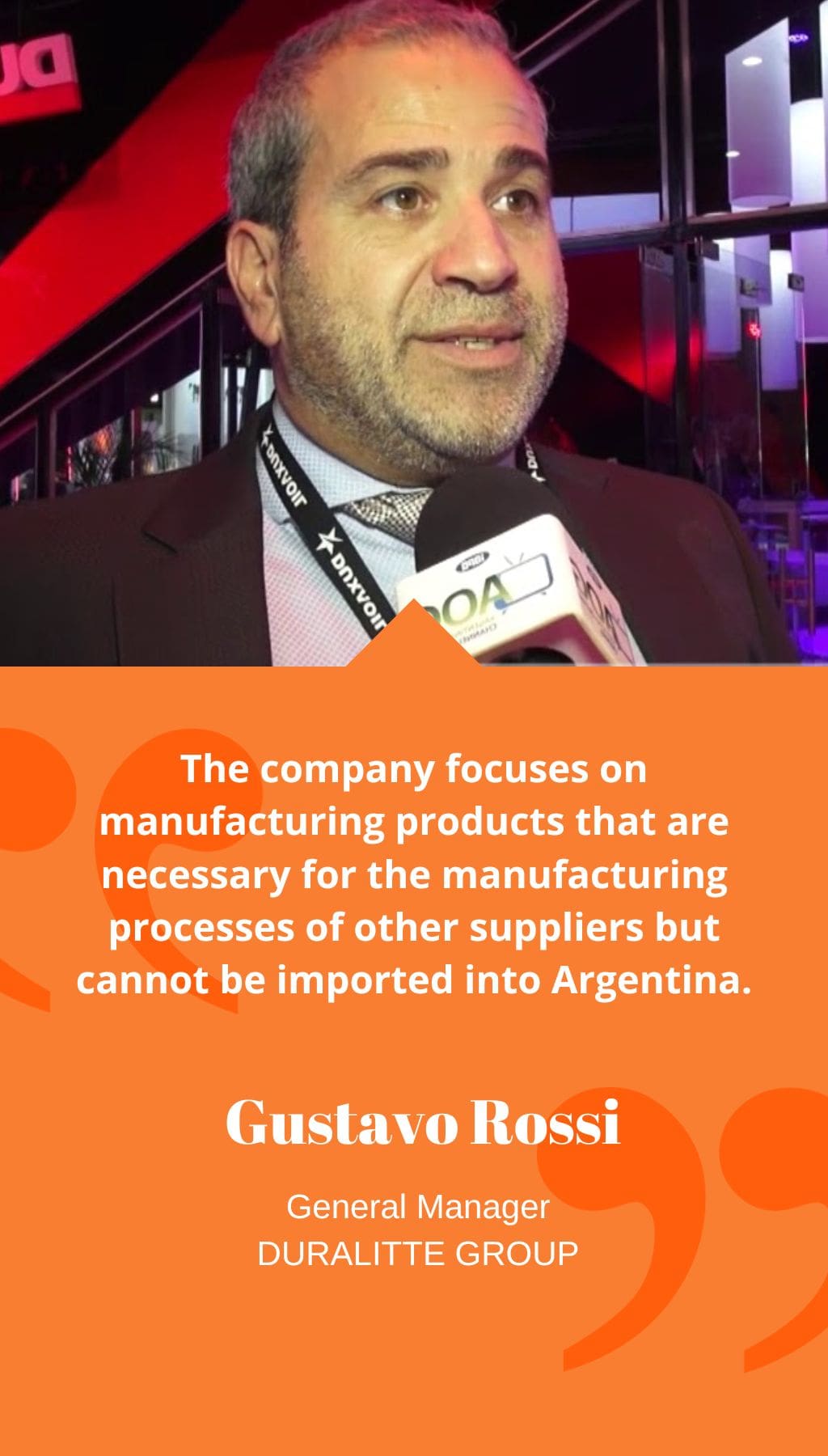
- Argentina | 24 July 2017

Can you tell us about the history of Duralitte and its journey to becoming a leading supplier in the oil and gas industry?
Duralitte has an interesting history. The company was established in 2004 with a focus on supplying threading tubes for the oil and gas industry. The company worked hard to obtain API certifications, which was a significant milestone for Duralitte. The company achieved API 5CT certification in 2007 and API 11B certification in 2011. API 5CT certification was particularly important for Duralitte because it made the company the only Argentine company, apart from Tenaris, to hold this certification in Argentina. This certification helped Duralitte stand out in the market and attracted oil and gas companies looking for smaller, API-certified companies. As a result, Duralitte was able to transition from manufacturing simple nipple accessories to more complex products requiring high-end crossovers, pup joint, and coupling engineering, putting the company in competition with the best worldwide.
In 2008, Duralitte became an approved YPF supplier after passing various tests related to the company’s financial health and manufacturing processes. This was a significant moment for Duralitte since YPF is a major player in the oil and gas industry in Argentina. Although Duralitte had Pan American Energy and Petrobras as clients, becoming a supplier for YPF was a crucial milestone for the company. Currently, Duralitte is an important supplier at YPF’s refining facility in La Plata and the most important supplier in the oilfields located in Chubut, Santa Cruz, Neuquén, and Mendoza.
What factors have driven Duralitte’s growth over the years?
Duralitte has come a long way since it was founded in 2004. The company had only four employees and revenue of $500 thousand in the early days. However, Duralitte has managed to achieve significant growth over the years. Currently, the company group has 180 employees and generates revenue of about $25 million.
Duralitte has achieved this growth through diversification and by providing a level of customer service that oil and gas clients had not been used to. Unlike other suppliers, Duralitte reaches out to clients rather than waiting for clients to reach out to them. Additionally, Duralitte diversified its product offering in response to import restrictions. The company focuses on manufacturing products that are necessary for the manufacturing processes of other suppliers but cannot be imported into Argentina.
How has Duralitte managed to reach markets beyond Argentina, and what has been the company’s strategy for expansion?
Duralitte’s first objective was to develop solid profits based on sales to the Argentine market and to supply it with valuable products. However, the company soon realized the potential for growth beyond Argentina. In 2005, Duralitte penetrated the Mexican market, and establishing a manufacturing plant in Brazil in 2011 was a crucial milestone for the company. Duralitte aims to manufacture close to the client rather than just exporting to foreign markets. The decision to establish operational bases in Mexico and Brazil reflects Duralitte’s goal of being a Latin American supplier that serves clients in Colombia, Peru, Bolivia, and Chile.
How important is the oil and gas industry to Duralitte, and does the company supply other industries as well?
The oil and gas industry is Duralitte’s core business, but the company also supplies the mining and metallurgical industries. Initially, the company generated 80% of its revenue from the automotive industry and 20% from the oil and gas industry. However, the company decided to shift its focus to the oil and gas industry and adapt its metallurgical know-how accordingly.














